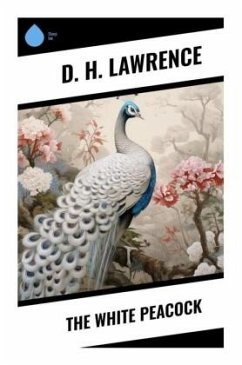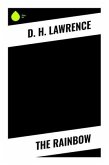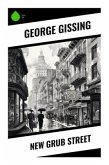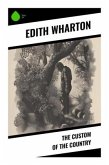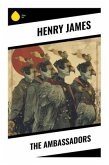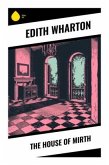D. H. Lawrence's debut novel, "The White Peacock," intricately weaves a narrative set in the English countryside, blending lyrical prose with an acute psychological exploration of human relationships and social dynamics. Written during the early 20th century, this work embodies themes of nature, sexuality, and the struggle of the individual against societal norms. The novel's rich visual imagery and symbolism-particularly through the titular white peacock-serve to reflect the complexities of love and desire amidst the backdrop of a rapidly changing landscape brought by industrialization. D. H. Lawrence (1885-1930), a pivotal figure in modernist literature, draws from his own experiences growing up in the coal-mining town of Eastwood, England, which contributed to his profound understanding of class distinctions and human psyche. His fascination with nature and the rawness of human emotion is palpable in this work, as he seeks to challenge the conventions of a post-Victorian society and infuse his characters with vibrancy and authenticity. "The White Peacock" is a must-read for those interested in the evolution of modern literature and the exploration of intimate human experiences. Lawrence's unique voice and keen observations provide readers with an immersive experience, inviting them to reflect on the intricacies of relationships and the enduring quest for self-identity.
Bitte wählen Sie Ihr Anliegen aus.
Rechnungen
Retourenschein anfordern
Bestellstatus
Storno

